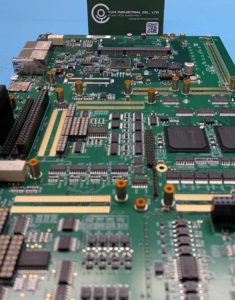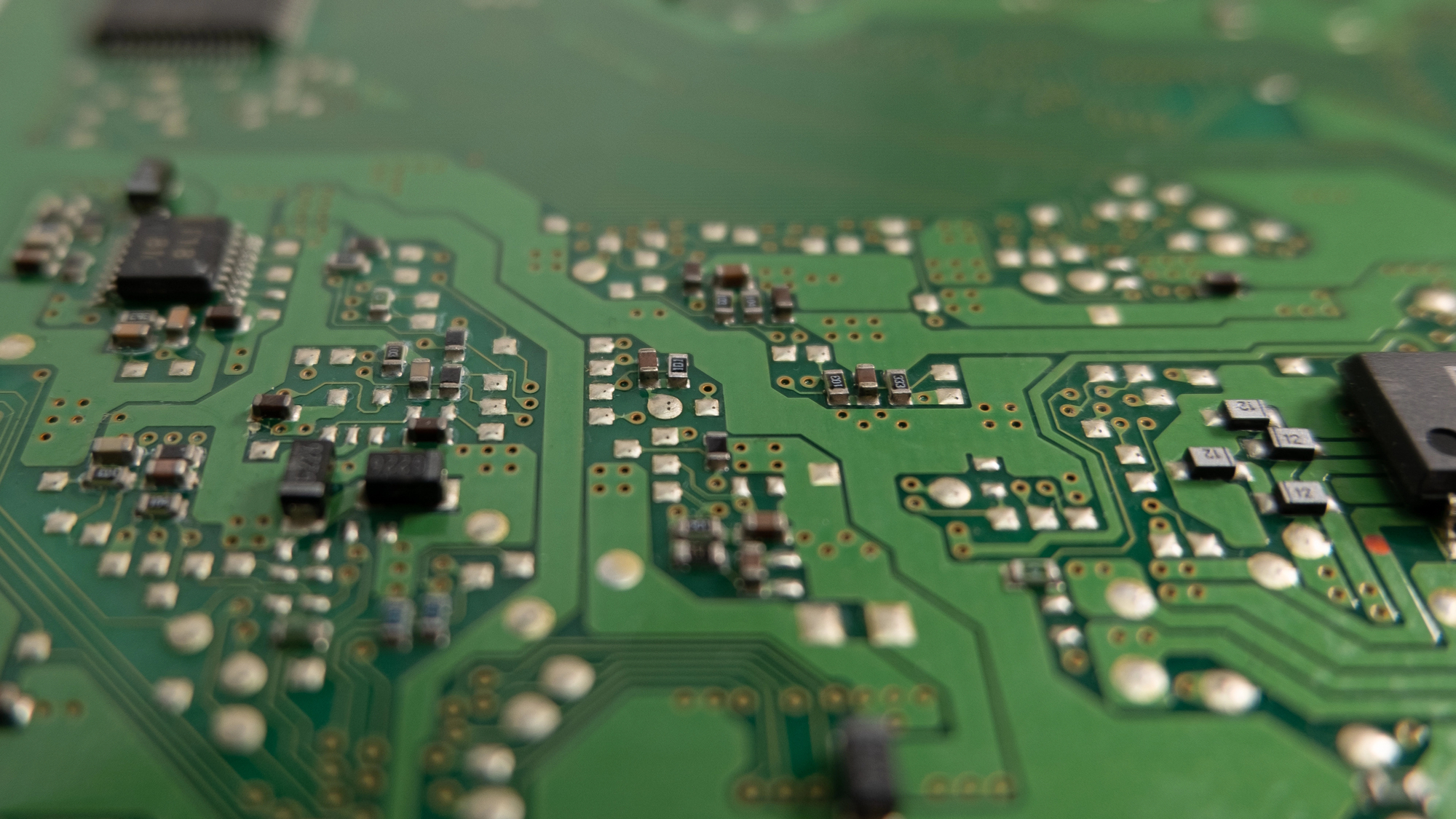What Are PCB Traces? A Closer Look at the Pathways That Power Your Circuit Board
If you’ve ever taken a peek inside an electronic device or held a printed circuit board (PCB) in your hand, you’ve probably noticed a maze of thin lines crisscrossing the board. These aren’t just for looks—those tiny lines are called traces, and they play a critical role in how a PCB functions.
So, What Exactly Are PCB Traces?

Think of PCB traces as the highways of your circuit board. Their job is to carry electrical signals and power between the various components, such as integrated circuits (ICs), resistors, and capacitors. Without these connections, the components on the board couldn’t communicate or work together, which means the board—and the device it powers—would be useless.
Whether the signals are transmitting data or delivering power, traces are essential to keeping everything flowing smoothly. The layout and precision of these traces can also directly affect a device’s performance, especially in high-speed or high-frequency applications.
What Materials Are PCB Traces Made From?
Because PCB traces are responsible for conducting electricity, they need to be made from highly conductive materials. The most common material used is copper, due to its excellent conductivity, durability, and cost-effectiveness. Copper traces are usually etched onto the board in precise patterns to match the circuit’s design.
In some specialty applications—like high-end electronics or aerospace—manufacturers may use materials like aluminum or even gold for their specific electrical or thermal properties. But for most everyday electronics, copper remains the go-to choice.
Need a Reliable U.S.-Based PCB Manufacturer?
Whether you’re building simple electronics or complex assemblies, working with an experienced PCB team makes all the difference.
Contact Yun Industrial ACME PCB Assembly today to learn how we can bring your board designs to life with precision and quality you can trust.

